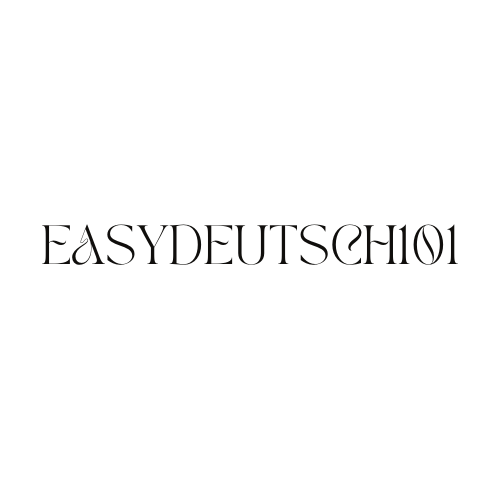Understanding the levels of proficiency in the German language is crucial for learners to set goals, track progress, and choose appropriate language resources. The Common European Framework of Reference for Languages (CEFR) provides a standardized scale that categorizes language proficiency into six levels, ranging from A1 (beginner) to C2 (mastery). Let’s explore each level in the context of German language learning:
A1 – Beginner:
- Describe: Students at this level are able to comprehend and employ common terms from daily life as well as simple sentences. As long as the other person speaks properly and slowly, they may identify themselves, ask and answer simple questions, and engage in basic conversation.
- Example Task: Saying hello, introducing oneself, and requesting directions.
A2 – Elementary:
- Description: Learners at this level can comprehend sentences and frequently used expressions. They can communicate in simple and routine tasks requiring a direct exchange of information on familiar topics. Conversations remain basic, but they gain more confidence.
- Example Task: Ordering food, discussing daily routines, making simple requests.
B1 – Intermediate:
- Description: At the intermediate level, learners can understand the main points of clear standard input on familiar matters. They can handle most situations likely to arise while traveling in an area where German is spoken. They can express themselves on a range of topics and discuss experiences.
- Example Task: describing past events, giving opinions, and participating in discussions.
B2 – Upper Intermediate:
- Description: Learners at this stage can understand the main ideas of complex texts on both concrete and abstract topics. They can interact with native speakers with a degree of fluency and spontaneity. They can produce clear, detailed text on a wide range of subjects and explain viewpoints.
- Example Task: Writing a detailed email, participating in debates, understanding news articles.
C1 – Advanced:
- Description: Advanced learners can understand a wide range of demanding, longer texts. They can express ideas fluently and spontaneously without much obvious searching for expressions. They use the language flexibly and effectively for social, academic, and professional purposes.
- Example Task: Presenting complex topics, writing essays, engaging in academic discussions.
C2 – Mastery:
- Description: At the mastery level, learners have near-native proficiency. They can understand almost everything read or heard with ease. They can summarize information from different spoken and written sources and present it coherently. They express themselves spontaneously, precisely, and fluently.
- Example Task: Conducting academic research, presenting complex ideas, participating in professional discussions.




